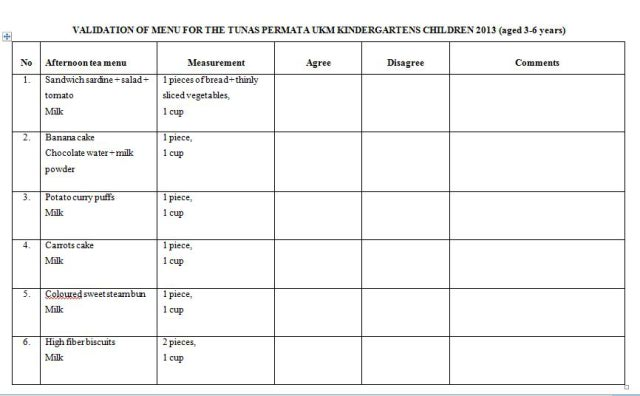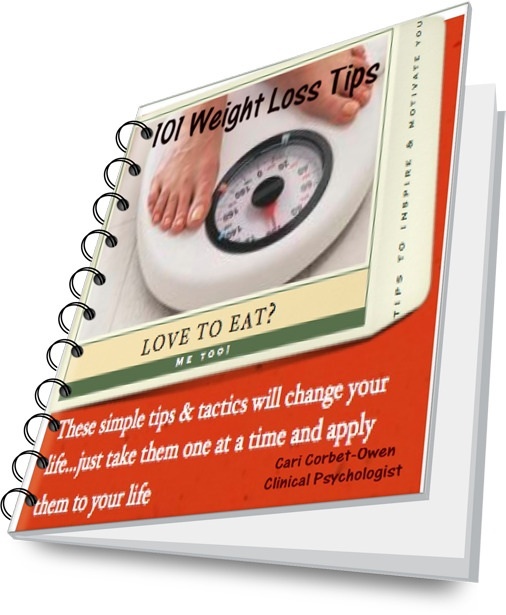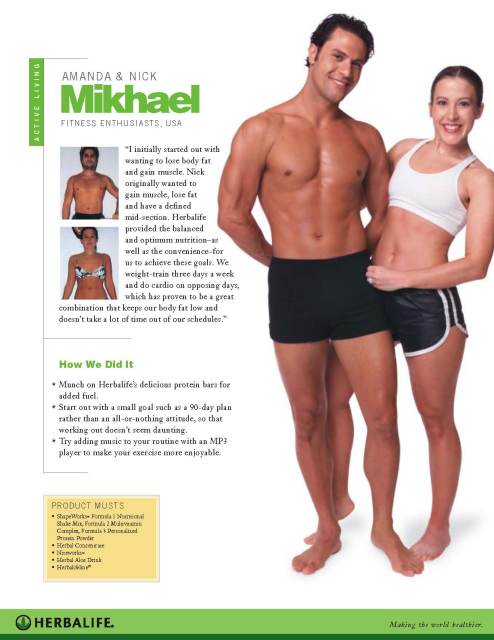1 year old nutrition
Question
Hello, I have a 1 year old son and am confused as to how much he should be eating. He weighs about 23 pounds. I am trying to get him off of baby food so I bought alot of fresh fruit and vegetables. I have read that a serving for toddlers should be about 1 tablespoon for every year of their life but 1 tablespoon just doesn't seem like very much! It seems like for how many servings of each food he should eat, he will be eating all day! He normally eats 3 jars of baby food fruit and 2 jars of vegetables along with cereal and dinner and lunch. Can you give me any info as to how much is enough? Thanks.
Hello Jasmine!
Your toddler needs about 1,000 calories a day to meet his needs for growth, energy, and good nutrition. If you've ever been on a 1,000-calorie diet, you know it's not a lot of food. But your child will do just fine with it, divided among three small meals and two snacks a day. Don't count on his always eating it that way; however, because the eating habits of toddlers are erratic and unpredictable from one day to the next. He may eat everything in sight at breakfast but almost nothing else for the rest of the day. Or he may eat only his favorite food for three days in a row, then reject it entirely.
Your toddler needs foods from the same four basic nutrition groups that you do:
1. Meat, fish, poultry, eggs
2. Dairy products
3. Fruits and vegetables
4. Cereal grains, potatoes, rice, breads, pasta
When planning your child's menu, remember that cholesterol and other fats are very important for his normal growth and development, so they should not be restricted during this period.
By his first birthday, your child should be able to handle most of the foods you serve the rest of the family but with a few precautions. Be sure the food is cool enough so that it won't burn his mouth. Test the temperature yourself, because he'll dig in without considering the heat. Try to avoid foods that are heavily spiced, salted, buttered, or sweetened. These additions prevent your child from experiencing the natural taste of foods, and they may be harmful to his long-term good health. Young children seem to be more sensitive than adults to these flavorings, and may reject heavily spiced foods.
Your little one can still choke on chunks of food that are hard and large enough to plug his airway, so make sure anything you given him is mashed or cut into small, easily chewable pieces. Never offer him peanuts, grapes, carrots, whole or large sections of hot dogs, meat sticks, or hard candies. Hot dogs and carrots in particular should be quartered lengthwise and then sliced into small pieces. Also, make sure your toddler eats only while seated and supervised by an adult. "Eating on the run" increases his risk of choking. By his first birthday or soon thereafter, your toddler should drink his liquids from a cup. He'll need less milk now, because he'll get most of his calories from solid foods.
To get a better understanding of what an average day's meals should look like, take a look at the sample menu below:
Sample One Day Menu
This menu is planned for a one-year-old child who weighs approximately 21 pounds.
1 tablespoon = 1/2 ounce (15 cc)
1 teaspoon = 1/3 tablespoon (5 cc)
1 cup = 8 ounces (240 cc)
BREAKFAST
1/2 cup iron-fortified breakfast cereal or 1 cooked egg (not more than 3 eggs per week)
1/4 cup whole milk (with cereal)
1/2 cup juice
Add to cereal one of the following:
1/2 banana, sliced
2-3 large sliced strawberries
SNACK
1 slice toast or whole wheat muffin
1-2 tablespoons cream cheese or peanut butter (spread)
1 cup whole milk
LUNCH
1/2 sandwich-tuna, egg salad, peanut butter, or cold cuts
1/2 cup cooked green vegetables
1/2 cup juice
SNACK
1-2 ounces cubed cheese, or 2-3 tablespoons pitted and diced dates
1 cup whole milk
DINNER
2-3 ounces cooked meat, ground or diced
1/2 cup cooked yellow or orange vegetables
1/2 cup pasta, rice, or potato
1/2 cup whole milk
For more answers to your nutrition questions check out "Ask the Nutritionists" by George Rapitis at www.authorhouse.com or your favorite bookstore.
-George Rapitis, Bsc. Nutritionist
www.juiceblend.com
Related Articles
-
I sometimes crave for sweets...
QuestionI sometimes crave for sweets although I try to stay away
-
Red beans, sweet corn, and dieting
QuestionI am on dieting and doing regular exercise in a gym for w
-
Fasting/weight loss
QuestionHey, I recently heard that fasting was a safe, and quick
-
Diet program
QuestionI am a 16 years old girl,and I am really unhappy with my
-
Where Do I Begin?
QuestionHello Mark. I know I need to lose weight-I am 5 ft. 5 in
-
Would like to change my eating habits
QuestionHi, I am 21 years of age, 511, and 330lbs. I have a
More Great Links



